Telemedicine and RPM have transformed the face of chronic disease management. It provides improved quality of life for patients.
Many people have chronic diseases that need constant attention. It is quite challenging for these patients to visit the doctor all the time. That’s where telemedicine and RPM come in. Advanced tools allow patients to reach out to a doctor from their homes. They manage their health more comfortably. Technology has changed our way of living, working, and even living healthily.
In particular, through telemedicine, a patient can communicate with a doctor using video conferencing or messages. They need not visit the hospital, which saves time and facilitates better care. RPM is the procedure whereby doctors track the health of a patient. They use special devices, such as a blood pressure track, that send the data directly to the doctor. It means that doctors can track their patients’ health conditions from any distance.
How to Implement Telehealth in Chronic Care Management?
To start telehealth for managing chronic diseases, healthcare professionals develop a simple plan. First, they identify the right technology for remote monitoring services like videoconferencing. They should train doctors and patients to use the technology without complications. A system to manage patient’s health information will ensure success. This makes telehealth accessible to all parties by following a step-by-step approach.
Choose the Right Equipment and Tools

Consideration of the proper usage of tools related to telehealth is very important. Such tools are in the form of video-calling platforms used for virtual appointments. They can also be devices tracking health, such as blood pressure monitors. These should be user-friendly for patients at home. They must ensure that any data is accurate for the doctor to go over.
Training of patient and healthcare provider
Training is essential to familiarizing all participants with the concept of telehealth. Physicians and nurses must be trained on how to manage virtual appointments. At the same time, patients must be informed about the use of devices. Simple instructions and practice allow healthcare institutions to be prepared and confident.
Set Up Secure Systems for Data Management
Providers need systems to store patient information. It is important so that doctors can easily access it when they need it. A reliable and secure setup ensures that the information stays private. On the same note, the medical team would receive information on variations in the patient’s health for some duration.
Advantages of Telemedicine and RPM for Chronic Disease Care
Telemedicine and RPM produce multiple benefits for patients with diseases. It facilitates and simplifies their health management from the comfort of their home. Doctors can monitor patients through their respective devices. They can advise without having to be physically present in the clinics. The role of telemedicine and RPM in chronic disease management keeps growing while the tools make life easier. Specific benefits of telemedicine and RPM include the following:
- Access to healthcare is easier: Patients can reach doctors without leaving their homes.
- Continual Health Monitoring: RPM devices help doctors track the patient’s health regularly.
- Reduced Visits to the Hospital: Many patients avoid unnecessary trips to the hospital.
- Early Detection of Issues: The doctor can identify health problems at an early stage. They can also advise on time.
Future of Telehealth and Remote Patient Monitoring

With each passing day, improved technology will continue to bring in more devices. It will support doctors in monitoring patients even more closely. Wearable devices, such as smartwatches, can track many health details easily. They allow a patient to stay connected with their healthcare.
AI capabilities might also be a part of that process, helping doctors identify health issues earlier. Telehealth will make chronic disease management less challenging. It consequently enables patients to maintain a healthy lifestyle without much inconvenience.
Challenges and Limitations of Telemedicine and RPM
- Barriers to Technology: These range from lack of access to the internet and smart devices to making telemedicine usable.
- Data Protection and Security: The data maintained on the patient has to be kept safe. There is a high risk of hacking and misuse of it.
- Training and Comfortability: Patients and healthcare providers may be uncomfortable using new technology.
- Cost and Insurance: Because some insurance does not cover this, it may be expensive for some patients.
- Limited Physical Interaction: In some health complications, there may be a need to assess such a patient physically. That may not be easily done through telemedicine.
Final Thoughts
Telemedicine and remote patient monitoring make self-management of chronic diseases way easier. You can talk to the doctor from home and share health data. It saves much time and makes early detection of problems possible. The two most important issues include technology accessibility and the confidentiality of information.
A new era in healthcare is open with the aid of telemedicine. The role of telemedicine and RPM in chronic disease management guarantees that the care will be much better for the patients. As technology improves, these tools will continue to become even more helpful.
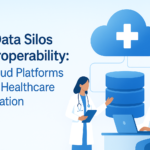

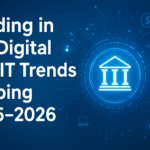
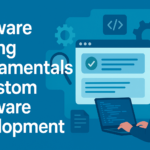




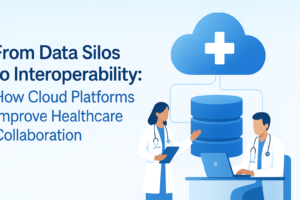
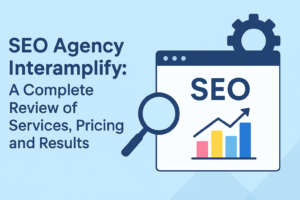
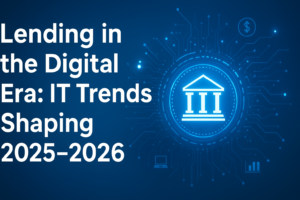
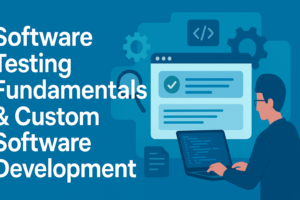
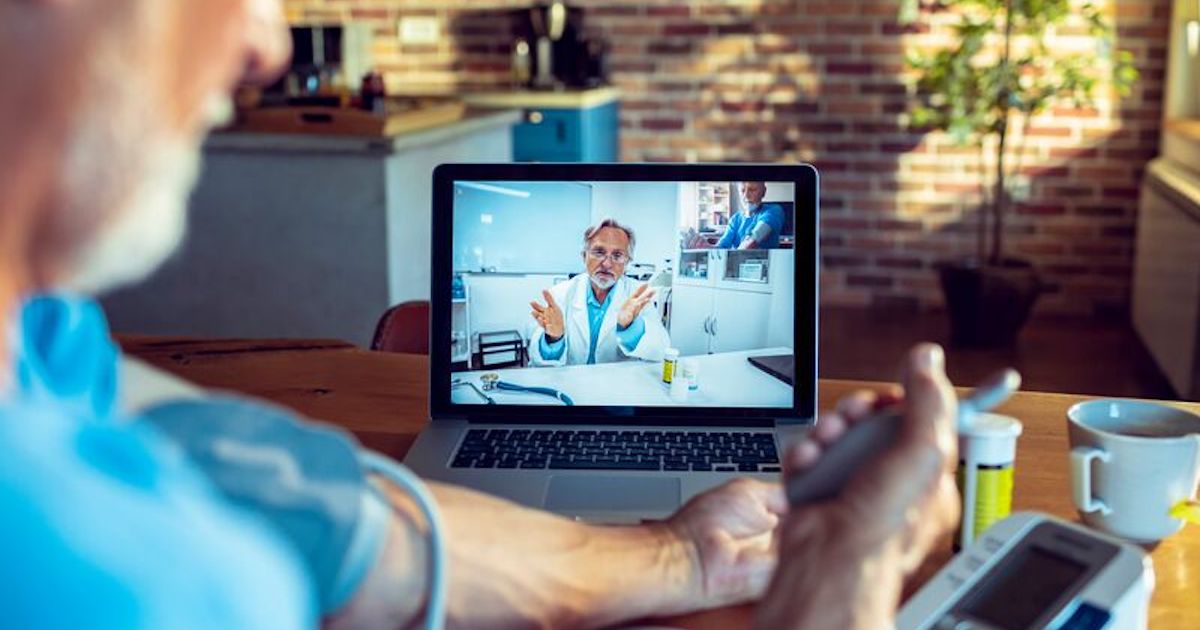
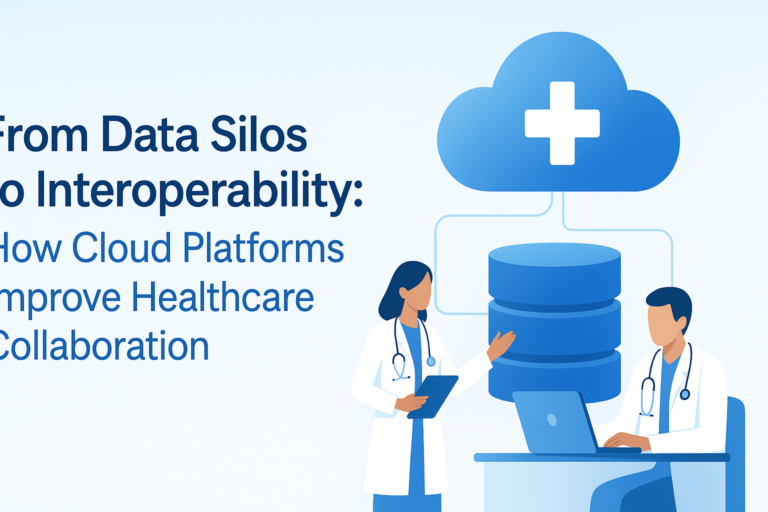
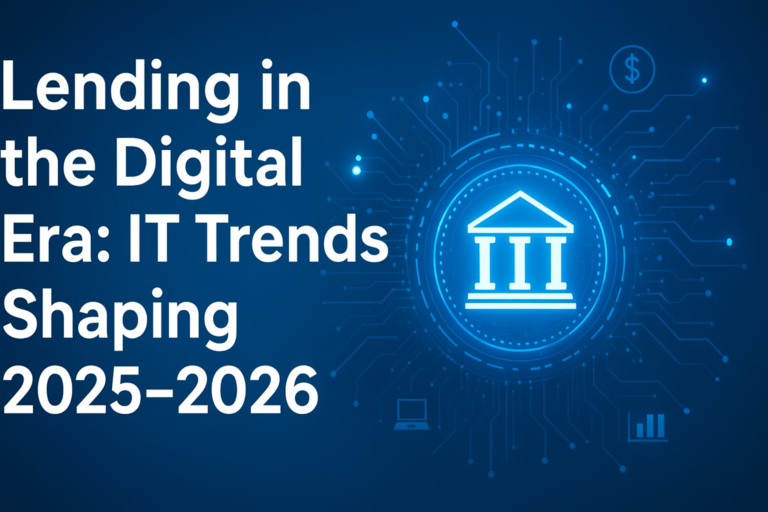

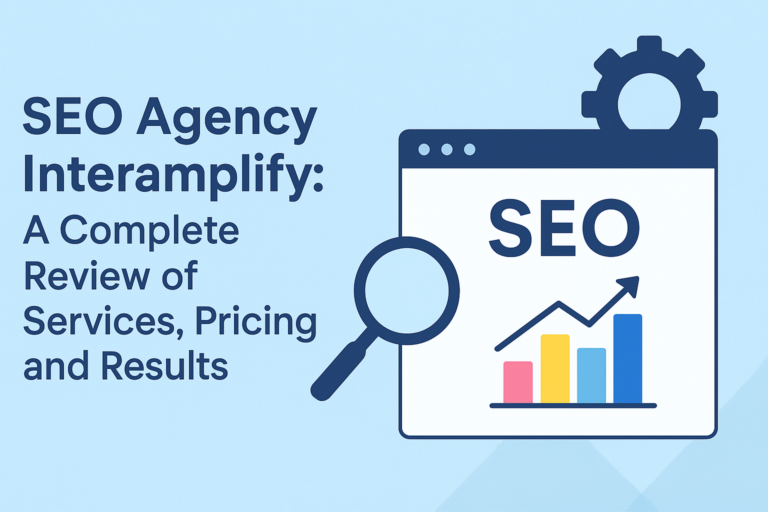
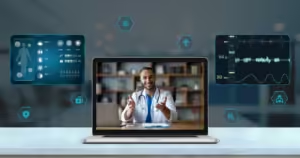

k1lnkr
Здесь вам открывается шанс играть в обширной коллекцией слотов.
Слоты обладают живой визуализацией и захватывающим игровым процессом.
Каждый игровой автомат предоставляет уникальные бонусные раунды, повышающие вероятность победы.
1 win
Слоты созданы для как новичков, так и опытных игроков.
Есть возможность воспользоваться демо-режимом, и потом испытать азарт игры на реальные ставки.
Попробуйте свои силы и окунитесь в захватывающий мир слотов.
The site offers buggy rentals on Crete.
Anyone can easily book a buggy for fun.
Whether you’re looking to explore coastal trails, a buggy is the ideal way to do it.
https://www.zillow.com/profile/buggycrete
Our rides are safe and clean and offered with flexible rentals.
Using this website is user-friendly and comes with no hidden fees.
Begin the adventure and enjoy Crete from a new angle.
La nostra piattaforma rende possibile la selezione di operatori per compiti delicati.
Gli interessati possono ingaggiare esperti affidabili per missioni singole.
Gli operatori proposti sono selezionati secondo criteri di sicurezza.
assumere un killer
Utilizzando il servizio è possibile visualizzare profili prima di assumere.
La professionalità continua a essere la nostra priorità.
Contattateci oggi stesso per ottenere aiuto specializzato!
Searching for exclusive 1xBet promo codes? This site offers verified promotional offers like GIFT25 for new users in 2024. Claim €1500 + 150 FS as a welcome bonus.
Use official promo codes during registration to boost your bonuses. Enjoy no-deposit bonuses and special promotions tailored for casino games.
Find daily updated codes for 1xBet Kazakhstan with fast withdrawals.
All voucher is tested for accuracy.
Don’t miss exclusive bonuses like 1x_12121 to double your funds.
Active for first-time deposits only.
https://www.lasallesancristobal.edu.mx/profile/hawkinsgssburns42999/profileStay ahead with top bonuses – apply codes like 1XRUN200 at checkout.
Enjoy seamless rewards with instant activation.
Сертификация и лицензии — обязательное условие ведения бизнеса в России, гарантирующий защиту от неквалифицированных кадров.
Обязательная сертификация требуется для подтверждения соответствия стандартам.
Для торговли, логистики, финансов необходимо получение лицензий.
https://ok.ru/group/70000034956977/topic/158860078725297
Игнорирование требований ведут к штрафам до 1 млн рублей.
Дополнительные лицензии помогает повысить доверие бизнеса.
Соблюдение норм — залог успешного развития компании.
Ищете подробную информацию для нумизматов ? Наш сайт предлагает исчерпывающие материалы погружения в тему монет !
У нас вы найдёте редкие монеты из исторических периодов, а также антикварные предметы .
Изучите каталог с характеристиками и детальными снимками, чтобы сделать выбор .
золотые 100 рублей
Если вы начинающий или профессиональный коллекционер , наши обзоры и гайды помогут углубить экспертизу.
Воспользуйтесь шансом добавить в коллекцию лимитированные монеты с гарантией подлинности .
Станьте частью сообщества ценителей и следите последних новостей в мире нумизматики.
Нужно собрать данные о человеке ? Этот бот предоставит детальный отчет в режиме реального времени .
Используйте продвинутые инструменты для поиска публичных записей в соцсетях .
Узнайте контактные данные или интересы через систему мониторинга с гарантией точности .
bot глаз бога telegram
Система функционирует в рамках закона , обрабатывая общедоступную информацию.
Получите детализированную выжимку с историей аккаунтов и списком связей.
Попробуйте надежному помощнику для digital-расследований — результаты вас удивят !
I don’t think the title of your article matches the content lol. Just kidding, mainly because I had some doubts after reading the article.
Этот бот поможет получить данные по заданному профилю.
Укажите имя, фамилию , чтобы получить сведения .
Система анализирует публичные данные и цифровые следы.
глаз бога телеграм канал
Информация обновляется в реальном времени с фильтрацией мусора.
Идеально подходит для анализа профилей перед важными решениями.
Конфиденциальность и актуальность информации — наш приоритет .
Хотите собрать информацию о пользователе? Наш сервис поможет полный профиль мгновенно.
Используйте уникальные алгоритмы для поиска публичных записей в открытых источниках.
Узнайте контактные данные или активность через систему мониторинга с гарантией точности .
глаз бога бот бесплатно
Бот работает с соблюдением GDPR, используя только общедоступную информацию.
Получите расширенный отчет с геолокационными метками и графиками активности .
Доверьтесь надежному помощнику для digital-расследований — результаты вас удивят !
Creative photography often focuses on highlighting the harmony of the natural shape.
It is about composition rather than exposure.
Professional photographers use subtle contrasts to convey atmosphere.
Such images celebrate artistry and character.
https://xnudes.ai/
Each photo aims to show emotion through form.
The goal is to show inner grace in an elegant way.
Audiences often appreciate such work for its emotional power.
This style of photography unites emotion and vision into something truly unique.
Artistic photography often focuses on expressing the beauty of the natural shape.
It is about expression rather than surface.
Professional photographers use soft lighting to create emotion.
Such images emphasize delicacy and character.
https://xnudes.ai/
Every frame aims to show emotion through movement.
The intention is to show natural harmony in an elegant way.
Viewers often value such work for its depth.
This style of photography unites art and aesthetics into something truly unique.